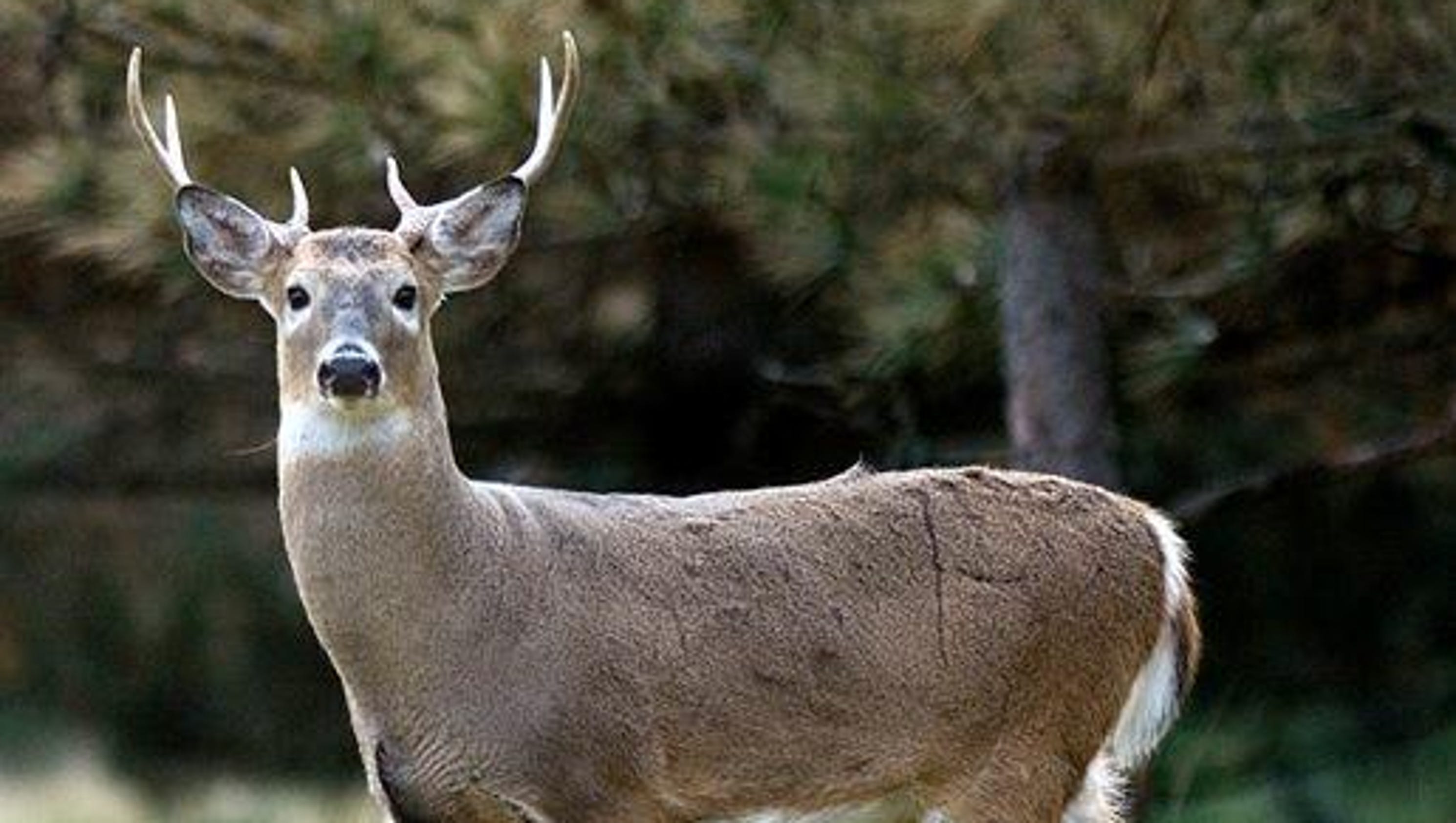Our Deer Scouting Experience Will Teach Some Tips
 In our Deer Hunting Trips Scouting is always an important part. In the last trips, we had a great scouting experience. I will discuss on our finding on deer hunting scouting techniques as well as how we went with the scouting.
In our Deer Hunting Trips Scouting is always an important part. In the last trips, we had a great scouting experience. I will discuss on our finding on deer hunting scouting techniques as well as how we went with the scouting.
The experience of deer hunting scouting will give you the first-hand impression and guide for finding the areas of deer hunting. Along with proper hunting equipment, the guide will help you enhancing performance for the game.
How it Went in Our Deer Scouting Experience

My brother and an uncle collected three Canada geese and a pair of ruffed grouse during a preseason check for deer sign one fall. They bagged more game that day than they often do when intentionally hunting small game or waterfowl.
Our luck isn't always that good on scouting trips, but the results of that day are indicative of what can be one of the peripheral benefits of preseason reconnaissance. In many states, bow deer season is open until the gun season begins. Under these circumstances, you can be scouting for the gun hunt while afield with archery equipment.
Before the Season

The week before deer season opens is usually the best time to scout an area. Starting sooner is a good idea if the location isn't far from where you live and you will be hunting it for the first time. When hunting out of state, scouting must often be restricted to the two or three days before the season, but anything is better than starting cold at the crack of dawn on opening day.
What do you look for when scouting an area for deer hunting? Feeding and bedding grounds, regularly used trails, signs of buck activity, and deer themselves are the primary things to watch for. Water holes should be considered in terrain where water is in short supply.
I spend most of my time checking remote locations or those near heavy cover when visiting a new area. This type of terrain invariably gets the heaviest use by good bucks throughout the year, but especially once the shooting starts.
Finding the Hunters

While scouting the territory I also try to anticipate where other hunters might be. I prefer not to hunt too near other people, but sometimes it is unavoidable. If I find someone's blind, I go elsewhere in search of a place to hunt.
In open country, it is often possible to look over a lot of territories from observation points with the aid of binoculars or spotting scopes. Under these circumstances, deer movements can usually be observed. Animals that aren't disturbed will generally be found in the same areas once deer season opens.
One fall Dave Raikko and I were hunting mule deer from a drop camp in the Colorado Rockies. We got to our camp a couple of days ahead of the season to look the area over and adjust to the altitude. The first morning out we located a group of bucks using a patch of willows above timberline. They were still there opening day. We both dropped our deer there on the first day of our hunt.
Finding the Terrain of Deer

Centers of deer activity in wooded terrain can be determined by reading the signs. Trails or runways used regularly will usually be well worn. The course of a runway through grass or weeds is marked by a narrow lane of trampled vegetation.
Trails through heavily wooded areas will be marked by a line of leaves that have been scuffed by whitetail or mule deer hooves. Good runways will sometimes be worn right down to the soil in certain spots and tracks can be seen there. Trails are most obvious in sandy areas or when snow is on the ground.
Most regularly traveled trails used by deer are routes they take from bedding to feeding areas and back again. Sometimes animals use different runways going each way. Where water is scarce, trails leading to watering areas are also common.
Final Words
Many times the same network of trails will be used as escape routes. Once a good trail is discovered, feeding and bedding areas can be located by following it both ways.
Or, if a feeding area is located, runways leading from it will go to bedding grounds and vice versa if a bedding area is found.